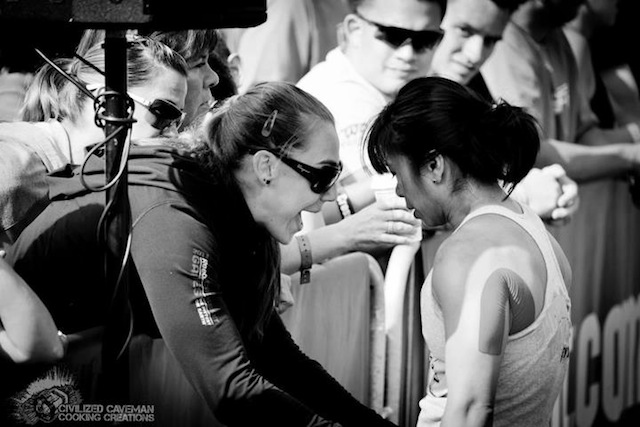
We all know that a healthy lifestyle involves eating a healthy diet, getting enough sleep, and enough exercise. But when you’ve come through a major injury or illness, or are living with one, it can be difficult to know what to do and when in order to make exercise a part of your life.
After all, movement can be great for making you feel better both mentally and physically. While it’s common for people who haven’t exercised before to feel inspired after a health scare, what happens if you’re really into fitness but have been derailed by a serious medical condition.
Accept that there might be limitations
If you exercised heavily before you were injured, or preferred a particular type of exercise, you may have to accept that you will need to make adjustments to the type of exercise you can do and the intensity you can achieve. But there is still a vast range of exercises you can do after injuries or with devices such as catheters or stoma bags.
So rather than thinking that it’s all or nothing, be ready to build a new routine that is challenging, but also right for you.
Consult a doctor
Before starting any type of exercise, it’s important that you get the all-clear from the medical side of things. Exercising too early or doing the wrong types of exercise can be extremely dangerous.
They should be able to tell you when it’s safe to exercise, and any potential issues to look out for.
Use a specialist personal trainer
Getting back into the gym can be daunting, and your confidence may be low. That’s where a great personal trainer can really change your life. Find one who has experience with similar situations to yours. They will be able to work with you to build the perfect program to get your fitness back on track. Having someone focused on you and being your cheerleader, while also holding you accountable, is a great feeling and can push you on.
Make a plan and track your progress
It can feel overwhelming to start a fitness plan from scratch after a long or serious illness. You might feel unfocused, or that progress isn’t happening. One of the best ways to keep on track is to make a plan for your exercise. And stick with it. Find different ways to track your progress. For some people, it might be a size or weight goal but also try and look for other ways to measure progress such as taking measurements, body fat percentages, improving your personal best on a particular exercise. Being able to see improvements, no matter how incremental will help to spur you on.
Find a support network
With the sheer size and scale of social media networks, you’re almost guaranteed to find a community dedicated to the medical condition or injury you had. These can be an amazing source of information, support, and inspiration for you. Interacting with people who know the ups and downs of what you’re going through.

















Follow Us